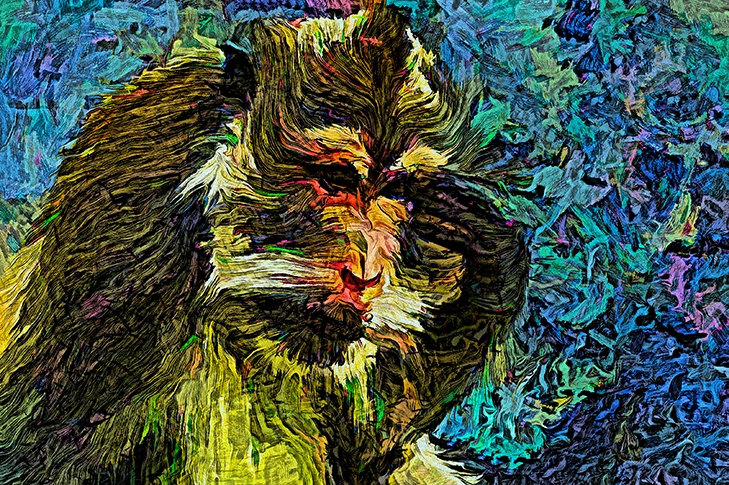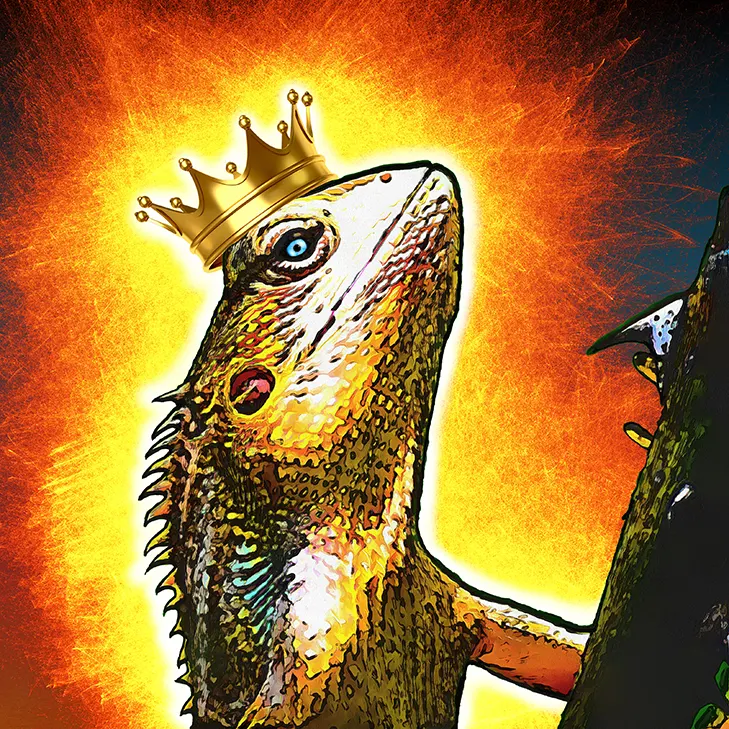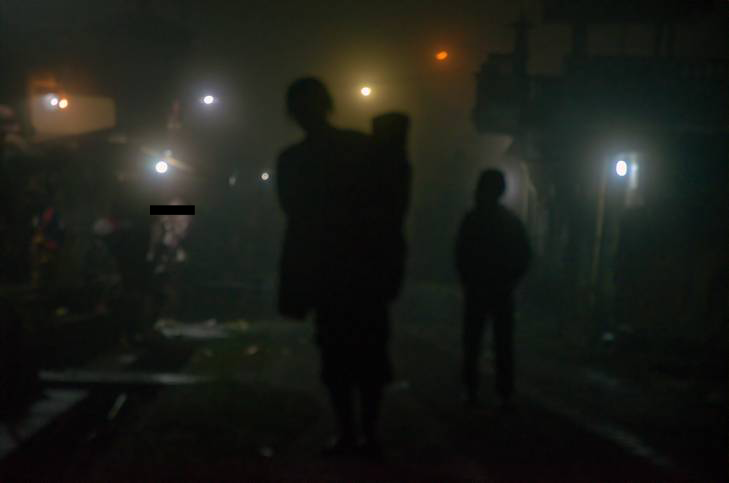

"Petruk pareidolia 2"
Bayunggede, 2011
Description: Pareidolia is the perceptual tendency to impose a meaningful interpretation on a vague visual stimulus, usually, so that a person sees an object, pattern, or meaning where it doesn't really exist. (Source: Wikipedia).
The first pareidolia photo I took, was "Petruk's Face" in Bayunggede Kintamani, Bali 2011. Only 2 frames, because "Petruk's Face" is the gesture of an old man when burning his cigarette
Petruk and the punokawan, who are not present in the original Indian versions of the Mahabharata, are thought to have been an original Javanese creation. The Batara Ismaya Krama details Petruk's origin as follows.
He was originally a noble raksasa known as Bambang Pecruk Panyukilan. He was humorous yet quick to fight, enjoyed joking but a furious warrior. One day, he departed his home to test his strength. Meeting Bambang Sukakadi, he challenged the latter to fight. The two fought for an extended period of time, until ultimately their entire bodies were covered in bruises and both had lost their once-handsome appearances. The fight was only stopped after Bagong and Smarasanta came together with Semar; Semar ordered the fighting men to stop and join him as his students. Afterwards Bambang Pecruk Panyukilan became Petruk, whereas Bambang Sukakadi became Gareng.
The name of Petruk came from the word “Fatruk” which meant leave everything except God. Since Javanese people were hard to say that word, Petruk appeared to replace the word Fatruk. However, it didn’t reduce the philosophy meaning of this figure. The appearance of Petruk was so famous within Javanese people from the official people to the ordinary people. Many people waited for him because Petruk was known to bring and give advice related to the religion for the society at that time in the society.
Code DA-00038
Medium: Digital files.
Size: 3200x2134 pixel, 300 dpi


































